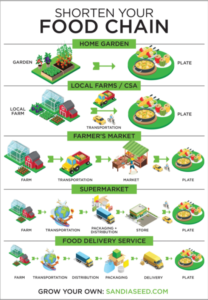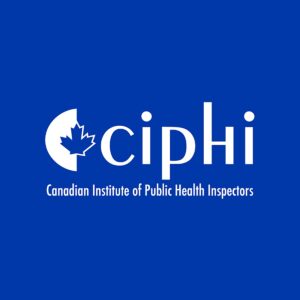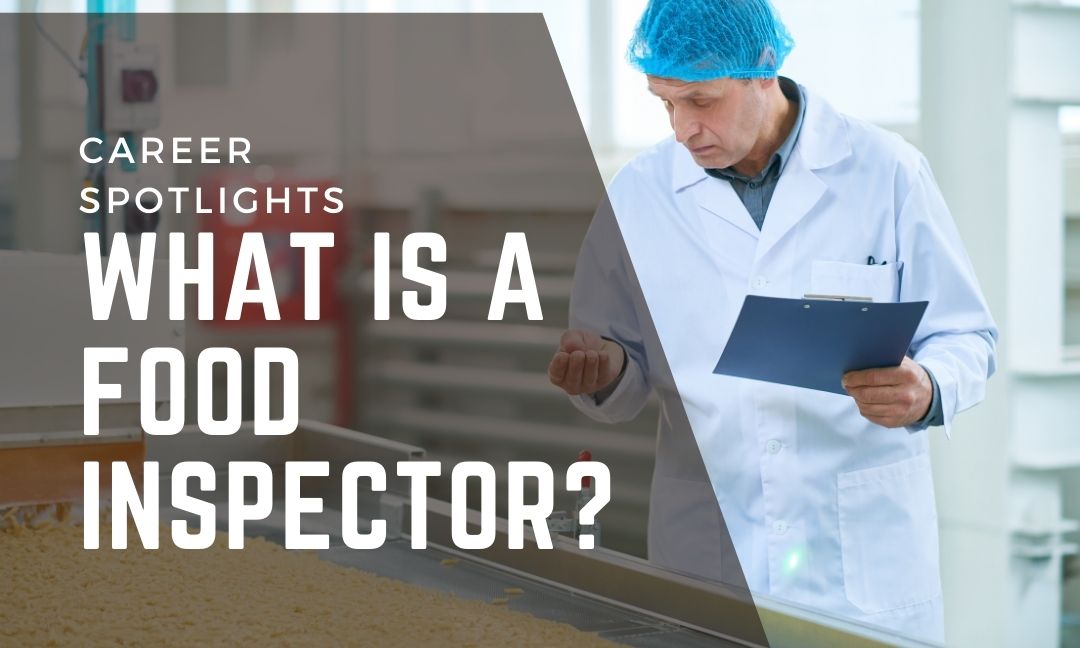Author: Aiva Tavascia
Editor: Rayna Almas
Graphic Designer: Emily Sheng
Publisher: Jumana Ismail
If you’ve ever worked in a restaurant, as many young people do for their first jobs, there’s a good chance you’ve heard of, or even interacted with, a food inspector. They are the folks who come by every once in a while (usually once or twice a year) to ensure that the place is following food safe procedures. But it’s not just restaurants that deal with food inspection – it’s important at every stage in which food is prepared, handled, and/or stored.
What is food safety?
“Food safety refers to routines in the preparation, handling, and storage of food meant to prevent foodborne illness and injury.” (Sesotec, 2020)

Source: www.sandiaseed.com
There are a number of health hazards that can pop up all the way from farm to fork (see the Food’s Journey blog post here), which makes safe food handling an absolute requirement for the health of consumers. And the need for food safety is only becoming more pronounced in our globalized world, because there are more and more steps along the food chain, meaning more opportunities for mishandling of food.
It used to be that most people obtained their food via one of the first three options in the graphic (see left, from www.sandiaseed.com); nowadays, most people get their food via one of the final two methods, as well as dine-in restaurants. More steps in the chain means more opportunities for food to become unsafe for human consumption.
Read a deep dive into food safety.
What is a food inspector, then?
A food inspector is a food safety professional who evaluates the food safe management system of an establishment – a food production facility, food processing plant, restaurant, or other places along the food value chain.
The main job of a food inspector is to uphold food laws and rules set by food agencies and the government. This can look like a lot of different things depending on the location and facility. The most important requirement is that the food inspector hold an impartial opinion about your operations; that is, they are looking only at the facts and not at how they might feel (positive or negative) about the establishment. You can imagine how much a restaurant inspection would be compromised if the food inspector was a childhood friend of the owner, for example. Professionality is a key piece of the puzzle.
In Canada, the Canadian Food Inspection Agency (CFIA) works at federally and provincially registered slaughterhouses, plants, or inspection laboratories, focusing on fresh fruits and vegetables, dairy, grain, meat, and fish.
Restaurant and food service inspectors fall into a different category, and are typically employed by provincial governments, municipalities, and public health units. They inspect facilities to verify safe food handling practices, and can be called in due to complaints or on a regular scheduled basis for standard check-ins.
Below are some of the main tasks of a food inspector:
- Performs compliance analysis with local, provincial, and federal food safety laws.
- Ensures proper implementation of food safety plans.
- Reviews food safety plans and makes recommendations.
- Conducts on-site inspection of food manufacturing and serving facilities.
- Implements and provides education and information about laws.
- Verifies if previous inspection results have been applied or maintained.
- Creates a food establishment inspection report on the status of a food business’s food safety system.
- Submits a report to local and national food agencies regarding the results of your food safety inspection.

What kind of education is needed?
Working with the CFIA requires a postsecondary diploma with specialization in the technical sciences. Sometimes, they require an undergraduate degree, particularly for roles that are interdisciplinary.
 On the municipal level (with municipal governments and public health agencies), a four-year undergraduate degree (bachelor’s degree) in environmental science, public health nutrition, chemistry, or biology is typically required. Oftentimes, there is not a specific job title of “food inspector”; rather, individuals can become public health inspectors which encompasses the role we’ve discussed in this post plus more. In this case, the bachelor’s degree is followed by a 12-week practicum placement and certification as a health inspector with the Canadian Institute of Public Health Inspectors.
On the municipal level (with municipal governments and public health agencies), a four-year undergraduate degree (bachelor’s degree) in environmental science, public health nutrition, chemistry, or biology is typically required. Oftentimes, there is not a specific job title of “food inspector”; rather, individuals can become public health inspectors which encompasses the role we’ve discussed in this post plus more. In this case, the bachelor’s degree is followed by a 12-week practicum placement and certification as a health inspector with the Canadian Institute of Public Health Inspectors.
Can I learn more?
Of course! Below are the sources for this article, where you can learn a lot more about food inspection in Canada, and how to pursue this career path.
Content sources
https://www.sesotec.com/na/en-US/resources/blog/what-is-food-safety
https://www.fooddocs.com/post/food-inspector
https://ca.indeed.com/career-advice/finding-a-job/how-to-become-a-health-inspector
Image sources:
https://www.sandiaseed.com/blogs/news/shorten-your-food-chain-infographic

